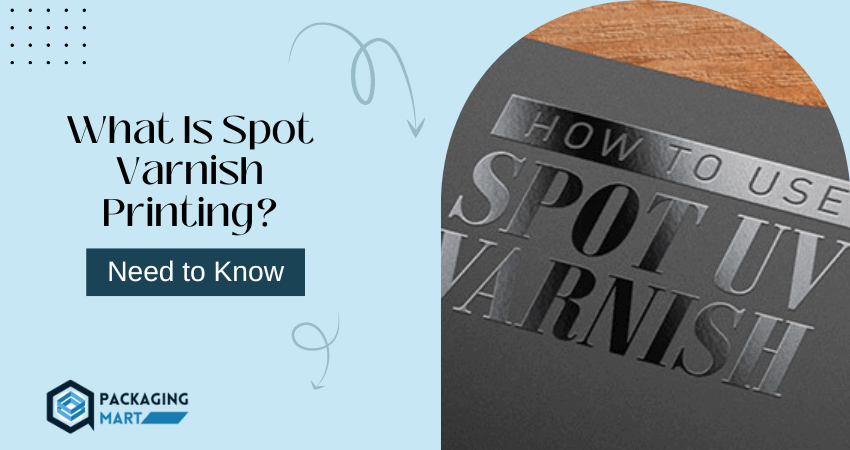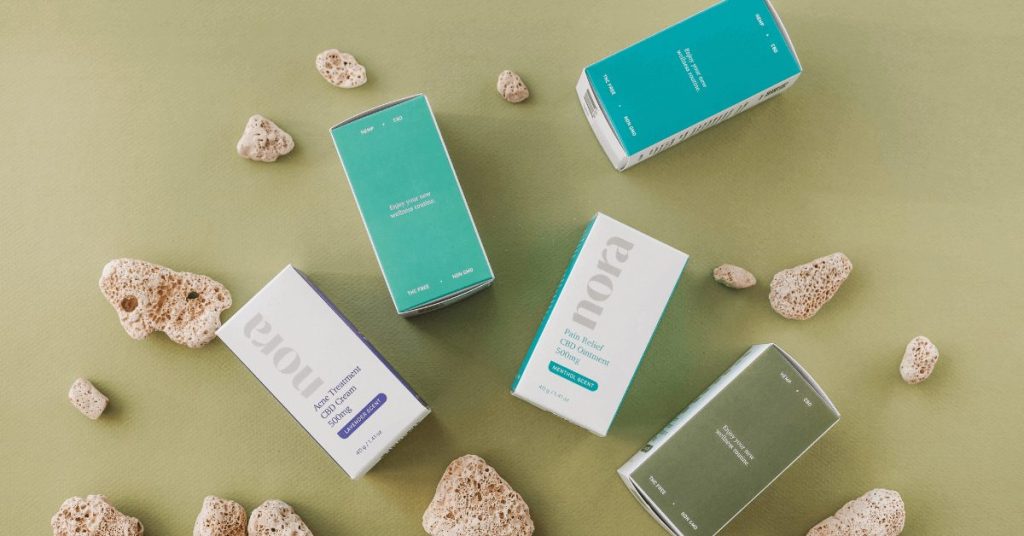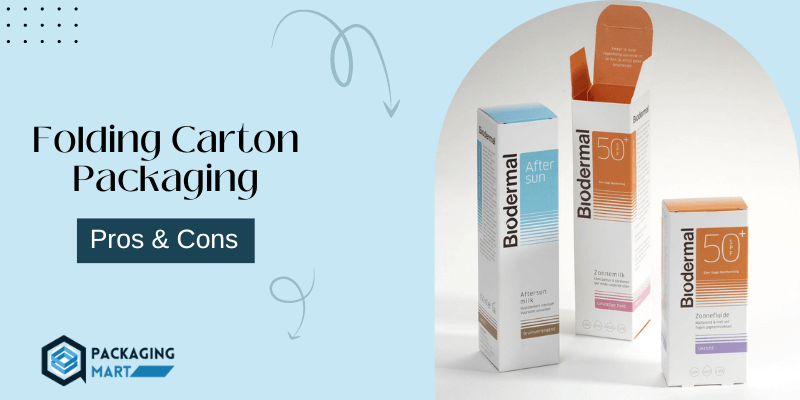Do you know what varnish is and how it is used in the printing and packaging industry? For many people, the term “varnish” may conjure up images of glossy furniture or artwork. Varnishes are used to add a protective coating for printed pieces as well as provide a high gloss or matte finish depending on your desired outcome.
In this blog post, we’ll explore what exactly varnish is, how it’s used, different types of varnishes available on the market today and why they might be beneficial for the display of your creative projects. Read on to learn more about this essential part of print finishing!
Spot Varnish Printing
Varnish is a clear, glossy coating applied to printed materials or other surfaces to protect them from dirt and wear. It can be used in both digital and traditional printing processes.
In printing, the varnish is often used to enhance the appearance of labels, graphics and other printed components. The varnish also serves as a barrier for a product and its packaging, protecting it from damage caused by environmental elements.
How does varnish enhance the appearance of printed materials and products?
Varnish adds a glossy finish to printed materials and products, creating an eye-catching and attractive appearance. Varnishes are available in different sheens such as matte, satin and high-gloss finishes that can be customized to provide the desired level of shine.
Additionally, varnish helps protect against moisture, smudging, fingerprints and other environmental damage. It seals the printed material, preventing ink from fading or smearing over time. Applying varnish to a printed product also reduces dust buildup on the surface and keeps it looking good for longer.
Varnish is especially beneficial when used in conjunction with specialty printing processes such as metallic inks, spot UV varnish, or custom die-cutting. It adds an extra layer of protection to the printed material, making it more durable and long-lasting.
Ultimately, the varnish is a cost-effective way to enhance the appearance of printed materials and products while protecting them from wear and tear. With its wide range of finishes and protective properties, it’s the perfect choice for businesses looking to create beautiful, high-quality printed materials.
Some packaging products must demand spot varnish printing for their products such as wrapping papers and personalised cosmetic boxes.
What are different types of varnish available and how do you select the right one for your needs?
Following are the different types of varnish available on the market today:
- Gloss Varnish: A glossy finish that adds shine and protection to printed materials.
- Matte Varnish: A non-reflective finish with a flat or satin texture. Ideal for adding subtler effects to printed materials.
- UV Varnish: A harder finish that is cured using ultraviolet light. It offers superior protection from moisture and other environmental damage, making it an ideal choice for outdoor signage or products exposed to the elements.
- Spot UV Varnish: This specialty varnish is used to achieve a raised effect in specific areas of printed materials. It adds texture and dimension to printed pieces for a unique look.
When selecting the right type of varnish for your project, it’s important to consider the area that you’re coating and what kind of protection or finish you want to achieve. You should also keep in mind any special printing processes being used and work with your printer to find the best solution for your needs.
How is varnish applied to materials during the printing process?
Varnish is usually applied to materials during the printing or packaging process using a varnish roller, spray gun, or other specialized equipment. The type of varnish used and the application method depend on the material being coated, the level of protection desired and any special printing processes being used.
It’s important to note that varnish must be dried or cured before the final product is ready. This can be done either manually or through specialized equipment depending on the type of varnish used and the desired finish.
Varnish is an essential part of the printing and packaging process, providing protection for printed materials as well as enhancing their appearance. With its wide range of finishes and applications, it’s a cost-effective way to make any printed material look professional and attractive.
Common problems associated with using varnish in printing?
Some of the most common problems associated with using varnish in printing and packaging applications include:
- Poor adhesion – When the substrate is not properly prepped, or when there are contaminants on the surface, the varnish may not adhere properly to the substrate. This can be avoided by thoroughly cleaning the surface before applying varnish.
- Sagging – Varnish can become too thick, causing it to lose its shape and form. This can be avoided by using the correct viscosity for the desired application and ensuring that the varnish is well-mixed before application.
- Yellowing – Ultraviolet (UV) radiation from sunlight can cause varnishes to yellow over time. To avoid this, use UV-resistant or UV-protected coatings in outdoor applications.
- Blocking – Poorly cured varnish may stick together as it dries, resulting in a condition known as blocking. To prevent this issue, curing should take place at an appropriate temperature and humidity level until fully dry. Additionally, avoid stacking wet prints on top of each other.
- Bubbling – When air bubbles are trapped between the substrate and the varnish, it can cause bubbling or a cloudy appearance in the finished product. This problem can be avoided by avoiding sudden changes in temperature during curing, as well as stirring the varnish thoroughly before application.
By understanding these common issues and following appropriate techniques, you can ensure that your print projects turn out with a beautiful finish every time!
Final Thoughts
Varnish is an incredible medium in printing and packaging that can drastically enhance the aesthetic beauty of a product. With its luxurious and glossy finish, varnish creates a sense of luxury and quality while offering excellent protection to unique paper surfaces.
For all kinds of products – including book bindings, magazines, posters and more. Varnish is a great way to ensure they last longer while looking good. Additionally, it improves the readability of printed fonts and even helps prevent smudging or fading on metallic inks.
Whether you’re a designer seeking to protect your designs or a consumer looking for something with a little extra pizzazz, Varnish is your one-stop shop for print media protection!


